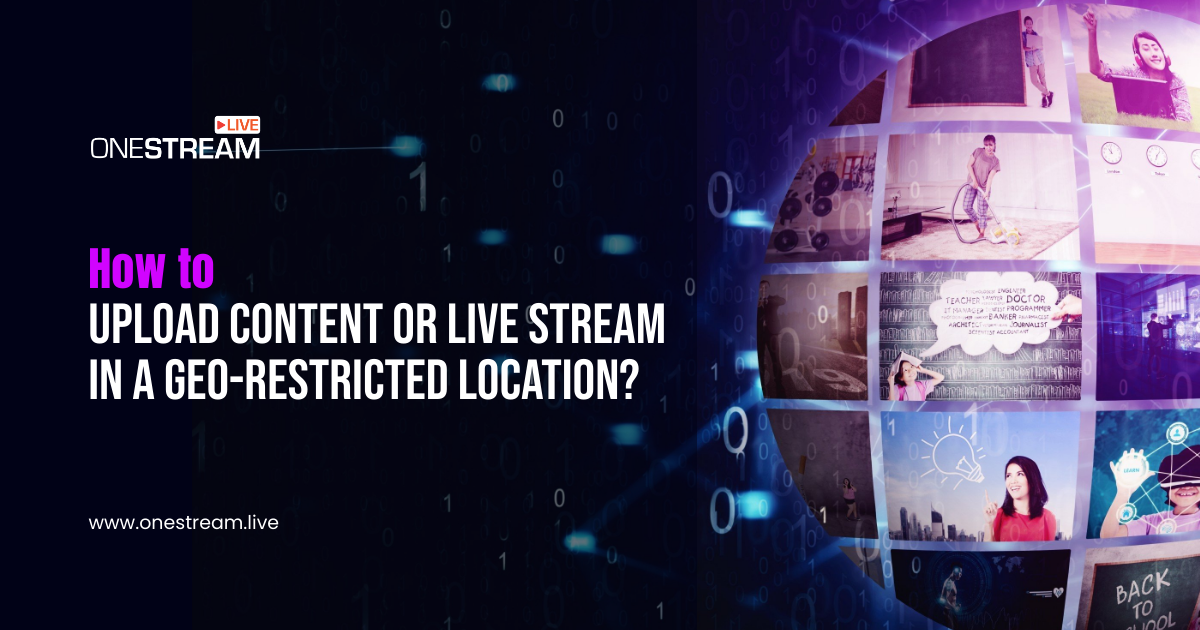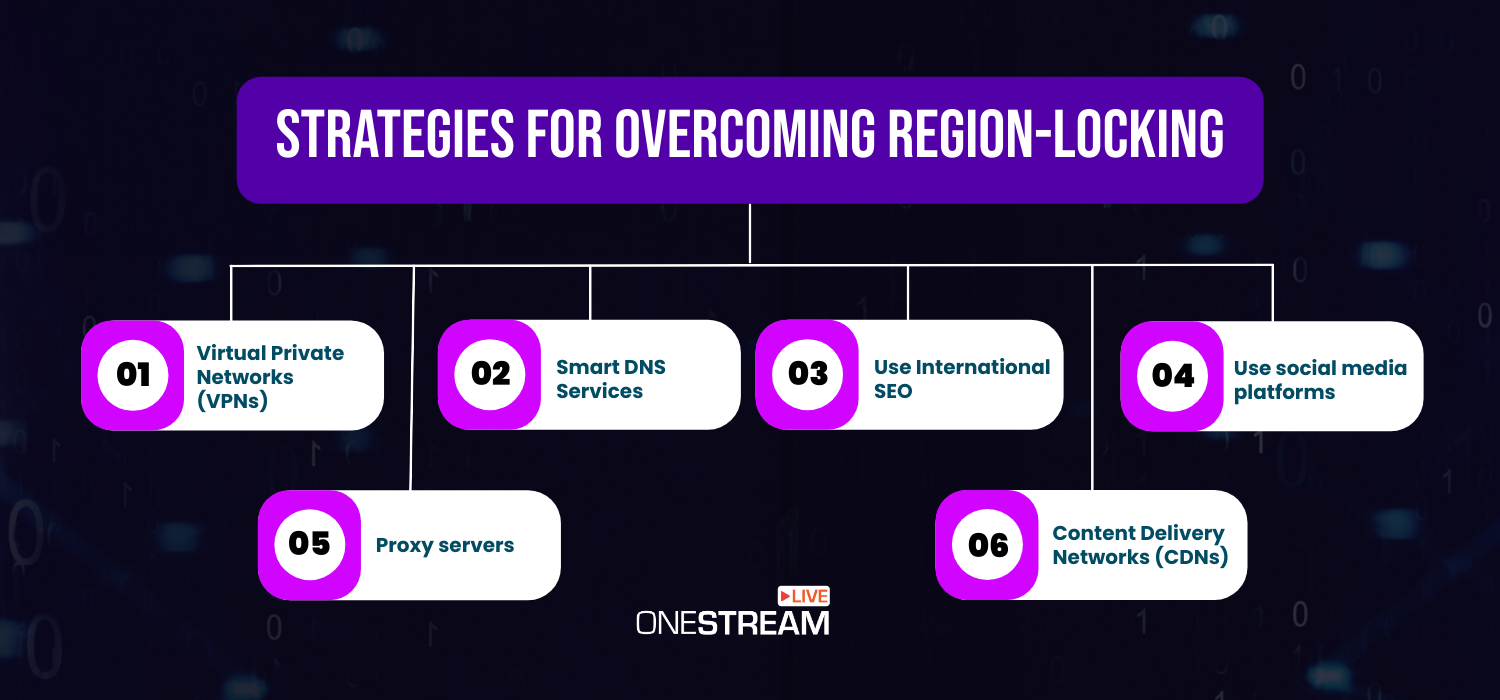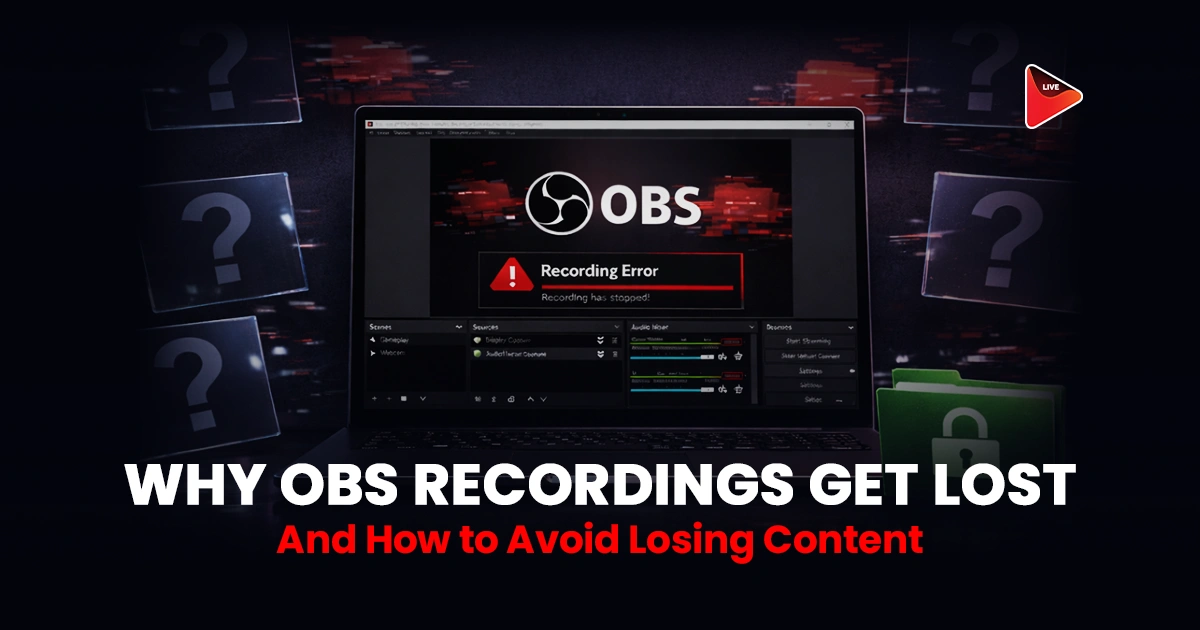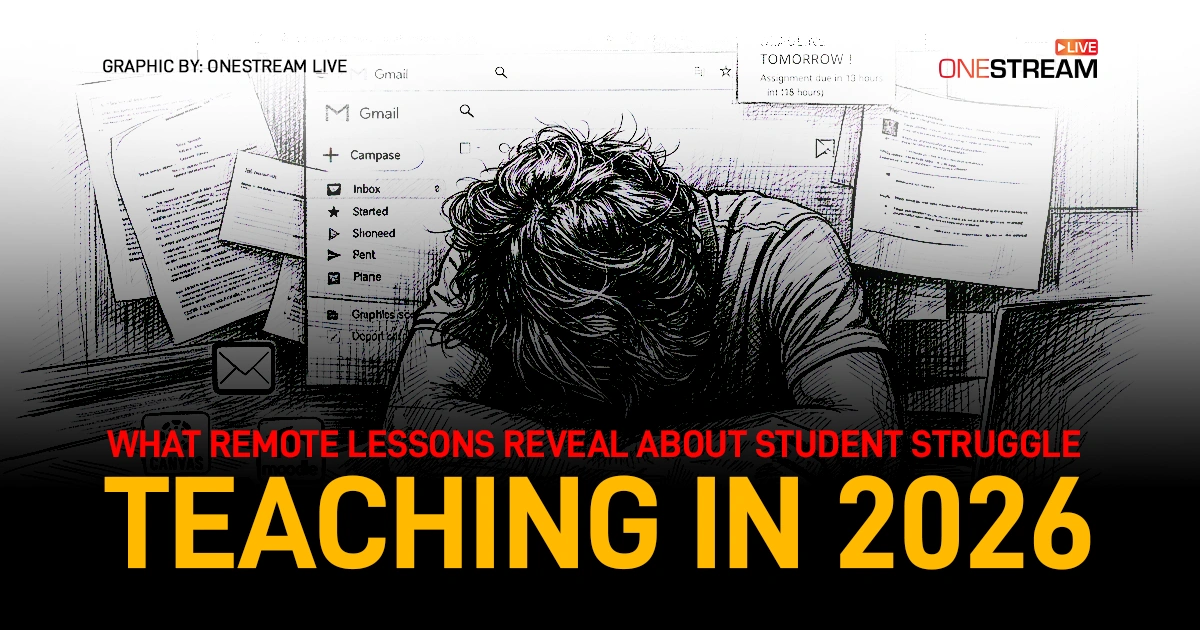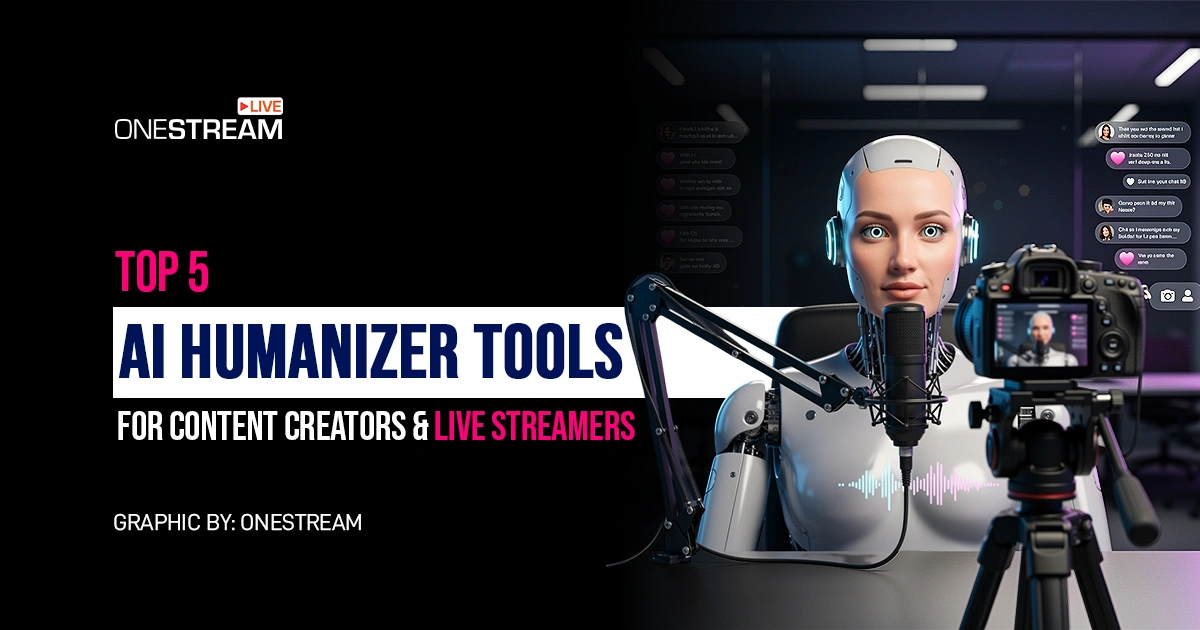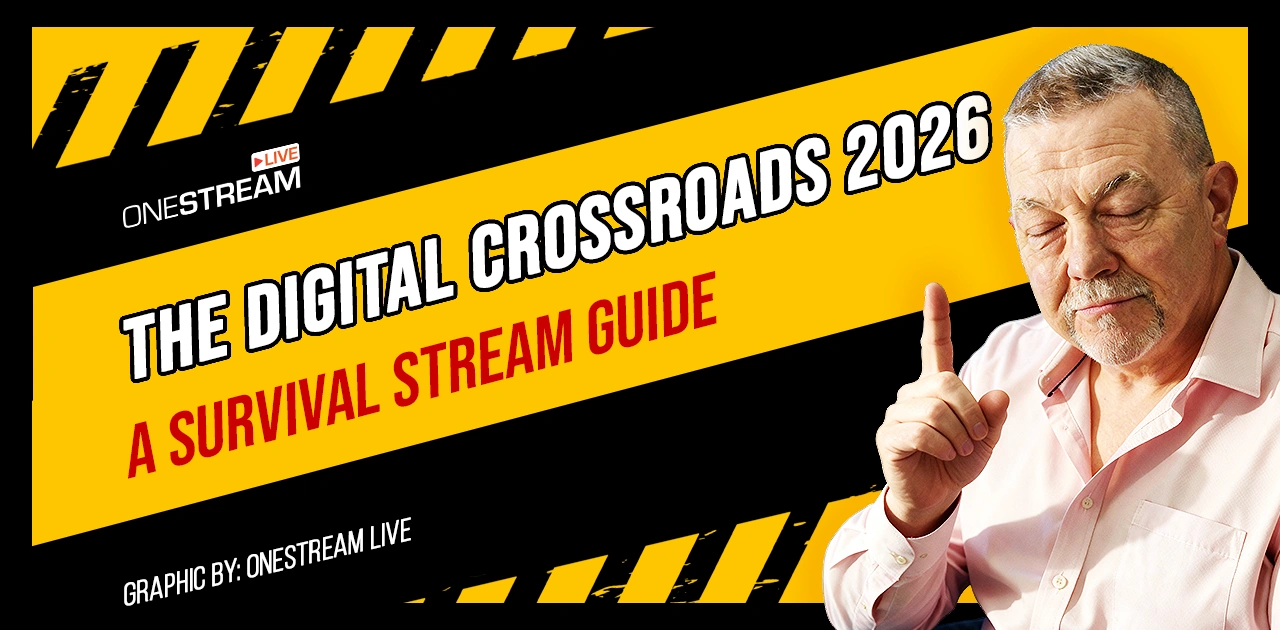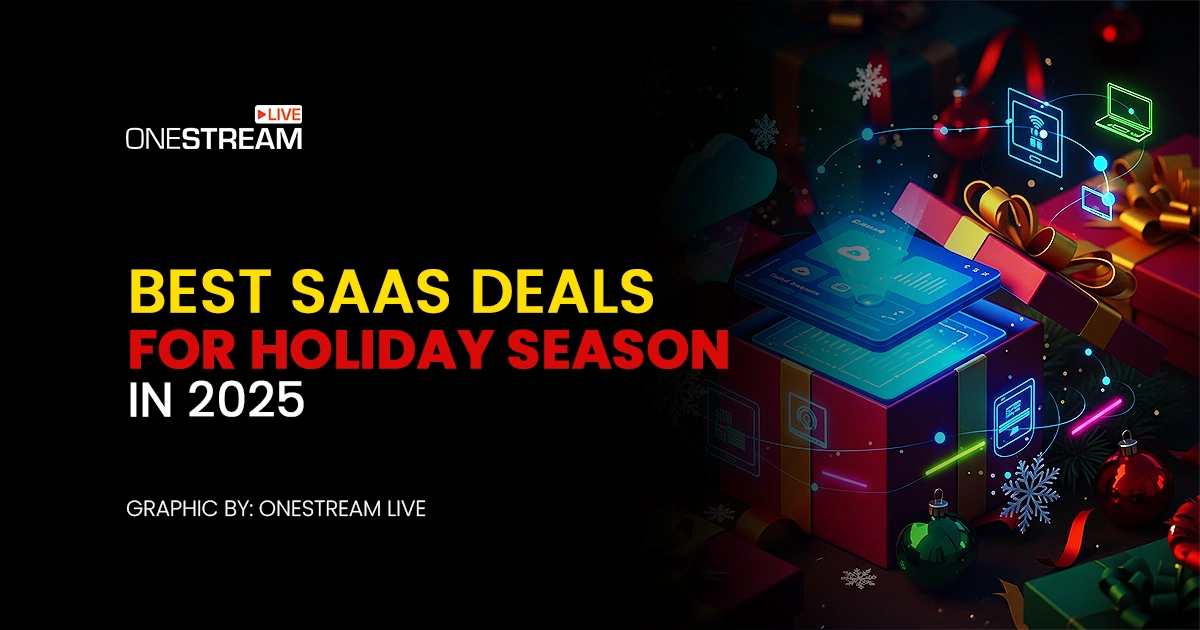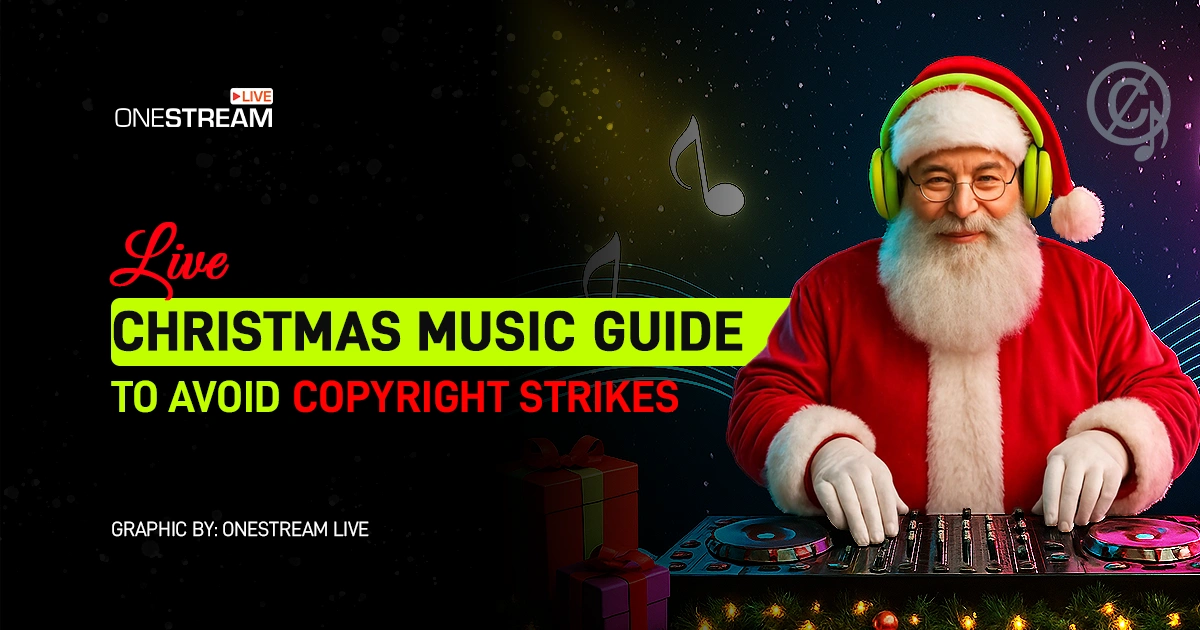Content creation has become a global phenomenon. YouTube, Twitch, and Facebook Live have empowered individuals to share their creativity, opinions, and talents with audiences worldwide. However, content creators often face region-locking problems that block access to online content based on a user’s geographical location.
This article explores the implications of region-locking for content creators. It will also provide practical strategies for uploading content or live streaming in geo-restricted locations.
What is Region-Locking?
Region-locking is a mechanism content providers use to lock access to their content based on the user’s geographical location. This mechanism is typically implemented through IP address detection, which allows websites to identify the region from which a user accessed the Internet.
Region-locking can affect various types of content, including videos, live streams, music, and websites.
Why do Content Providers Use Region-Locking?
Understanding why content providers use region-locking helps comprehend the broader landscape of digital content distribution. There are several reasons why content providers implement region-locking:
Licensing Agreements
One of the primary reasons for region-locking is the licensing agreements that content providers have with distributors and broadcasters. These agreements often grant exclusive rights to distribute content in specific regions.
For example, a movie studio might sell the rights to a particular film to different distributors in different countries. Each distributor pays for the exclusive right to show that film in their region.
As a result, the studio must ensure that the film is only accessible within those territories.
Content providers can maximize their revenue by selling exclusive rights to different regions. They can negotiate higher prices for exclusive access and tailor their licensing deals to suit the economic conditions of each market.
Region-locking also ensures that these deals are upheld. That prevents users from accessing content from regions where the provider does not have rights.
Legal and Regulatory Compliance
Countries have many laws and regulations regarding the content available to their citizens. These laws can include restrictions based on political, cultural, or religious sensitivities.
For instance, some countries have strict censorship laws prohibiting the distribution of certain media types, such as politically sensitive documentaries, violent movies, or adult content.
Region-locking allows content providers to comply with these local laws by blocking access to restricted content in those areas.
Region-locking also helps them comply with international copyright and intellectual property laws. These laws can differ significantly between countries, and enforcing them can be complex.
By restricting access based on geographical location, providers can manage content distribution by local legal requirements and protect their intellectual property rights.
Market Segmentation
Market segmentation allows content providers to implement different pricing strategies for different regions. The economic conditions, purchasing power, and market demand can vary widely from one country to another.
For instance, a streaming service might charge higher subscription fees in wealthier countries while offering lower prices in developing regions. Region-locking helps maintain these pricing structures by preventing users from circumventing regional pricing differences through VPNs or proxies.
Content providers use region-locking to tailor their marketing efforts to specific regions. By controlling which content is available, they can produce marketing campaigns that are more relevant to local audiences.
This targeted approach can involve language localization, culturally relevant promotions, and partnerships with local influencers or media outlets. By ensuring that content is only accessible in targeted regions, providers can optimize their marketing strategies and enhance viewer engagement.
Content Localization
Content localization involves adapting media to suit different regions’ linguistic and cultural preferences. That can include translating films and TV shows, creating region-specific subtitles, and editing content to align with local norms.
Region-locking ensures that users in different regions access the localized versions of content, enhancing their viewing experience.
Different regions have distinct viewing preferences and cultural sensibilities. Region-locking enables providers to offer content tailored to local preferences.
For example, a streaming service might offer different catalogs in different countries based on local tastes and trends. It helps providers build a loyal audience base by delivering content viewers will likely enjoy in each region. Similarly, app developers often rely on an app content translation platform to adapt in-app text, user instructions, and media assets for each target market, ensuring that the entire experience feels native to users in different regions.
Technical and Infrastructure Considerations
Managing bandwidth and server load is crucial to delivering digital content efficiently. By region-locking content, providers can better manage their network resources and ensure a smoother streaming experience in different regions.
Limiting access to content in specific regions can help distribute traffic evenly across servers. That reduces the risk of overloading and ensures higher-quality service for users. Providers often implement phased rollouts to manage demand and gather feedback when launching new content or services.
Region-locking also allows them to release content gradually in different regions. It helps mitigate the risk of technical issues and provides an opportunity to address any problems before a global release. This strategy is widespread with significant software updates, new platform features, and blockbuster film or game releases.
Challenges Faced by Content Creators
Content creators typically face significant challenges due to region-locking. These challenges can impact their ability to connect with a global audience, generate revenue, and maintain creative freedom.
Here are the primary challenges faced by content creators due to region-locking:
Limited Audience Reach
Region-locking can significantly reduce a content creator’s potential audience. If content is restricted to specific regions, creators may miss out on reaching viewers in those areas, impacting their growth and engagement.
Revenue Loss
Many content creators rely on sponsorships, ad revenue, and viewer donations. Region-locking can limit these revenue streams by reducing the number of viewers who can access the content.
Creative Restrictions
Creators may feel creatively stifled if they have to tailor their content to comply with region-specific restrictions. These restrictions can limit their ability to express themselves freely and authentically.
Increased Complexity
Navigating region-locking’s legal and technical complexities can be daunting for content creators. Understanding which regions have restrictions and how to bypass them requires additional effort and resources.
Strategies for Overcoming Region-Locking
Region-locking can be a significant hurdle for content creators looking to reach a global audience. However, here are some effective strategies for overcoming region-locking:
Using Virtual Private Networks (VPNs)
A Virtual Private Network (VPN) is one of the most effective tools for bypassing region locking. A VPN service masks the user’s IP address and routes their online traffic through a server in a different location.
This system makes it appear they are accessing the Internet from that location.
- Choosing a Reliable VPN: Content creators should choose a reputable VPN service that offers reliable and fast connections and a wide array of server locations.
- Setting Up a VPN: Setting up a VPN is straightforward. After subscribing to a VPN service, users need to download the VPN client, install it on their device, and connect to a server in the desired location.
- Testing the Connection: After connecting to a VPN server, creators should test their connection to ensure they can access the desired content or platform without region-locking restrictions.
Proxy Servers
Proxy servers operate similarly to VPNs, directing online traffic through a server in a different location. However, proxies typically do not encrypt traffic, making them less secure but often faster.
- Types of Proxies: There are various proxies, including HTTP proxies, SOCKS proxies, and transparent proxies. Content creators should choose the type that best suits their needs. Depending on your requirements, you can also explore options for a cheap proxies that balance affordability with performance, especially for tasks like basic browsing or managing multiple accounts.
- Setting Up a Proxy: Setting up a proxy involves configuring the internet settings on the device or browser to route traffic through the proxy server. This method can usually be done through the device’s network settings.
Smart DNS Services
Smart DNS services are an excellent option for bypassing region locking. Unlike VPNs, Smart DNS services do not route all internet traffic through a different server. Instead, they only redirect traffic related to region-locked content.
- Choosing a Smart DNS Service: Creators should choose a Smart DNS service that supports the platforms and content they wish to access. Examples of Smart DNS services include Unlocator and SmartDNSProxy.
- Setting Up Smart DNS: Setting up Smart DNS involves configuring the DNS settings on the device or router and typically entering the DNS server addresses provided by the Smart DNS service.
Utilizing Content Delivery Networks (CDNs)
Content Delivery Networks (CDNs) are networks of servers distributed across various geographical locations. CDNs can help content creators deliver their content more efficiently and bypass region-locking.
- Choosing a CDN Provider: There are several CDN providers, such as Cloudflare, Akamai, and Amazon CloudFront. Content creators should select a provider with robust support for their content type and audience.
- Setting Up a CDN: Setting up a CDN involves integrating the CDN service with the content platform or website. It may require technical knowledge and configuration.
Using Social Media and Alternative Platforms
Content creators can also use social media and alternative platforms. Social media platforms often have less stringent region-locking policies than traditional content platforms.
- Using Social Media for Distribution: Creators can use platforms like Twitter, Instagram, and Facebook to share their content and reach a wider audience. These platforms can serve as secondary distribution channels.
- Exploring Alternative Platforms: Alternative platforms such as Vimeo, Dailymotion, and PeerTube may offer fewer region-locking restrictions. These alternative platforms can be used to reach audiences who cannot access content on mainstream platforms.
Pro Tip: Use OneStream Live to simultaneously multistream your video content to over 45+ social platforms.
Bonus Strategy: Use International SEO
Once content creators have bypassed region-locking with tools like VPNs and Smart DNS, the next step is ensuring their content is actually discoverable across borders. That’s where working with an experienced SEO agency can make all the difference.
An SEO agency can help creators:
- Optimize metadata and descriptions for different languages.
- Use localized keywords that rank in regional search engines.
- Implement hreflang tags and international content strategies.
Show Your Stuff Regardless of Location
Region-locking presents a significant challenge for content creators aiming to reach a global audience. However, by leveraging tools like VPNs, proxy servers, and social media, creators can overcome these restrictions and expand their reach.
It is critical to stay informed about legal considerations and to engage with the community for support and insights. By taking proactive steps, content creators can ensure that their work is accessible to audiences worldwide, regardless of geographical restrictions.
OneStream Live is a cloud-based live streaming solution to create, schedule, and multistream professional-looking live streams across 45+ social media platforms and the web simultaneously. For content-related queries and feedback, write to us at [email protected]. You’re also welcome to Write for Us!

